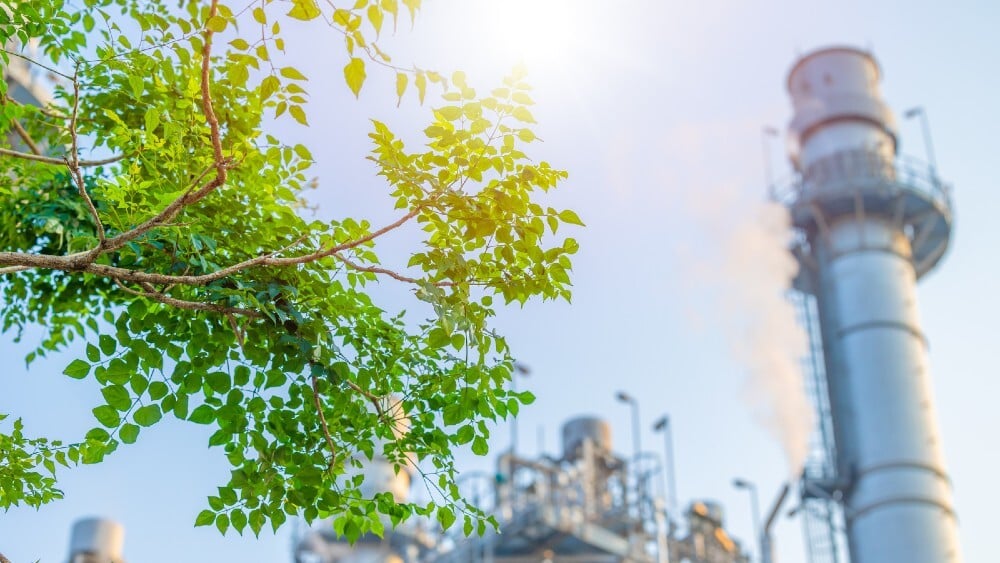Last Updated APRIL 2025
Office occupancy fluctuations are fostering innovation in cleaning and hygiene

Changing work patterns are transforming the commercial offices industry. The traditional office model, characterised by fixed workstations and rigid schedules, has given way to more flexible, agile, and collaborative working environments.
With more and more of us working from home or adopting hybrid working practices, offices have had to adapt to become more dynamic and flexible workplaces. The latest data from the Office for National Statistics shows that 84% of people work from home at some point in their week,1 a situation that is forcing many companies to reassess their office space requirements and downsize where necessary, or to reconfigure their spaces. Many have had to invest in technology infrastructure to support homeworkers and more frequent ‘hotdesking’.
This transition has seen many landlords and property owners implement flexible leasing arrangements to accommodate changing tenant needs and preferences. The future is uncertain and vacancy rates in prime office markets have steadily increased. According to data from Costar, the UK’s office vacancy rate stands at 7.6%, the highest in nine years.2 It is a similar picture across Europe where the average vacancy rateincreased from 7.2% to 8% in the past 12 months.3
In response, many offices are diversifying their service offering. Many have created coworking spaces, on-demand meeting rooms and specific amenities to cater for remote workers and freelancers. This is helping them to diversify revenue streams and appeal to a broader tenant base.
In the post-pandemic era, there is enhanced focus on sustainability, health and wellbeing. Office workers demand good indoor air quality, and clean and hygienic workspaces.“Unfortunately, the light that was focused on the cleaning industry during the dark days of the pandemic seems to be fading and the Cinderella status seems to be returning,” says Denise Hanson, Commercial Director of the British Institute of Cleaning Science (BICSc). “The additional cleaning requirements for touch points and increased frequencies seems to be reverting to pre pandemic levels.”
“But in many sectors, including commercial offices, companies are also looking for savings. Many have reduced requirements as their workforce has embraced working from home; a number of well-known companies have reduced their office space, with some permanently closing facilities.”
Despite this emerging picture, companies still place great importance on maintaining high levels of hygiene. While tenants embrace more flexible ways of working, companies are still mindful about the severe impact of absenteeism and sick leave; ensuring workplaces are clean, safe and free from germs remains a key priority. ‘Hotdesking’ might have grown in popularity but the increased use of shared spaces in offices has only enhanced the demand for ultra-clean working environments. In fact, with people spending more time in their own homes, there is greater expectation about cleanliness when people do come into the office. With more companies needing to provide an environment that people want to return to – and a reason to choose the office over their home – introducing brands like Kleenex® into the workplace can help provide that home-like comfort.
The cleaning industry is embracing technology to adapt to the changing needs of office clients and be as effective and efficient as possible when it comes to identifying room usage, footfall and cleaning requirements. Venesa Coodien, managing director at Right FM is excited by what she sees as “game-changers” in the cleaning and washroom world. “Advanced cleaning technologies, like touchless dispensing solutions, and smart washroom systems and technology – these are innovations that can improve efficiency, hygiene, and user experience.”
Enhanced use of data is also helping to address acute cleaning staff shortages being faced across many sectors. “We’re still a long way from where robotics are the complete solution, but they can support the workforce and provide learning and growth opportunities for those in our workforce of a technical nature,” adds Hanson. “And this will perhaps entice people into the cleaning industry who would not have looked at the opportunity previously.”
Solutions such as the Kimberly-Clark Professional™ICON™collectionof hand towel, toilet tissue and skincare dispensers is already helping to alleviate the pressure on staff time and resources when maintaining washrooms. The hand towel dispenser includes a high capacity, 380-metre roll, with useful sheet-length settings, making it quicker and easier to carry out replacements, which are also less frequently needed. Meanwhile, the ICON™system has achieved 99.9% jam-free performance4 which means minimal maintenance is required.
While more and more companies are looking for chemical-free, environmentally conscious cleaning products to be used in their offices, they need to accept the trade-offs, says Lynn Webster, a consultant for the cleaning and facilities management industries. “Non-hazardous products may not provide the overall solution as end users still expect a perfumed smell from the process as well as the evidence of their offices being hygienically clean.” Kimberly-Clark Professionalis committed to delivering more sustainable solutions, such as our large range of FSC and EcoLabel products.
The commercial office sector is undergoing a transformative phase, marked by shifting work patterns – and the cleaning sector will have to continue to leverage technology and new ways of working to keep pace with evolving tenant expectations and a demand for more sustainable and eco-friendly options.
3. https://www.savills.com/research_articles/255800/350682-0
4. Dispensing test conducted by Patmore Slades Horizons in September 2021



















